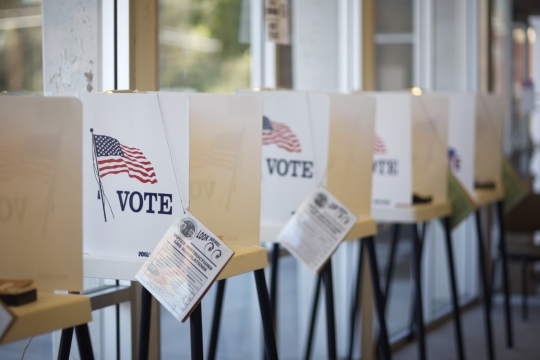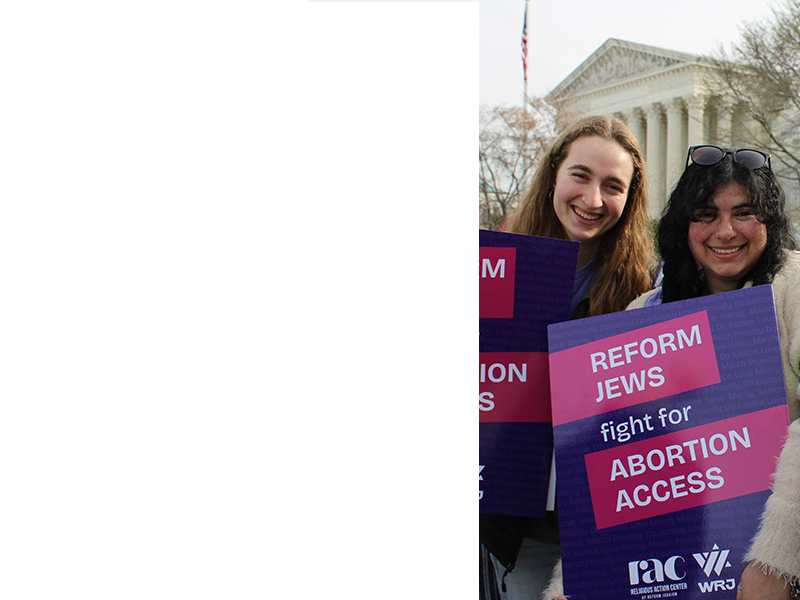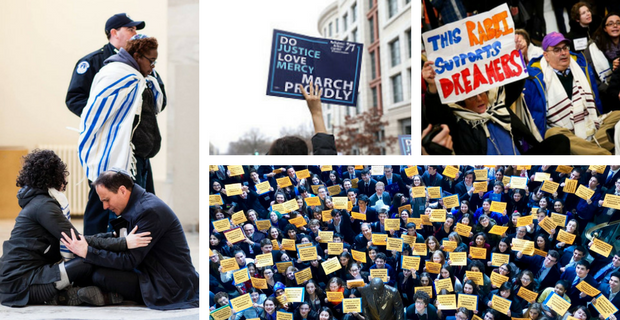
In the Passover Haggadah, we read “in every generation, a person is obligated to see themselves as though they came forth from Egypt.” Maimonides, the 12th century Jewish philosopher, encourages us to read it as “a person is obligated to show themselves as though they came forth from Egypt” (Hilkhot Chametz u’matzah 7:6).
Social justice events like the Let My People Stay demonstrations and the March For Our Lives are one way we, as Reform Jews, show ourselves. These large-scale, public events offer incredible opportunities to capture the passion and power of the Reform Movement's commitment to tikkun olam. Photos and videos are integral to telling this story—and that is where you come in.
We hope this list of tips and tricks will help you and your fellow advocates take and share powerful photos and videos to help drive your social justice work and the work of the Movement as a whole.
-
Take as many pictures as you can!
You might find that a photo you took in the spur-of-the-moment is the best one to capture the mood of the moment.
-
Avoid footage of signs with partisan messaging.
It is important to show that your Jewish group does not favor a particular party, politician, or candidate, but rather has taken a position on a particular issue. -
Highlight the diversity of your group.
The Reform Jewish Movement involves and impacts people across lines of identity – race, religion, age, ability/disability, gender, sexual orientation, socio-economic status, and more. The more we show this—the stronger we are. -
Include signs or markers that show where you are.
Including a state landmark, or even a sign or t-shirt noting your location, helps crystallize and preserve the context of your photo. -
Take a variety of photos and videos – both of large groups and of individuals in emotional moments. Be creative with cropping.
Showing the size of a march or rally will help you to showcase its power, while image of a few people in an intense or touching moment can communicate the impact on real people. You can always reevaluate later if a photo can be cropped for greater effect. -
Great photos convey emotion and action.
Try to capture memorable and active scenes, such as people shouting, cheering, embracing, and speaking. As you do this, make sure that each of your photos has a clear subject – something that draws the eye, like someone looking at the camera directly, a powerful sign, a group of people supporting one another, etc.
-
Videos, even those taken on a cell phone, can help communicate your message.
Just as you can use photos to communicate the feeling of a moment, videos on social media and in presentations can give viewers a clear sense of energy. -
Photos of people not smiling may be most impactful.
Marches and rallies are often inspiring and filled with love and solidarity. However, you may want to use serious photos to highlight the immediacy and intensity of the social justice issue you are advocating around. -
Highlight the Jewishness of your group or event.
Take pictures of participants wearing clothes or carrying signs and banners that reflect the commitment of the Jewish community to your cause.
FINAL NOTE!
When you send photos and videos to the RAC, the URJ, or other partners and organizations, make sure to:
- Send every single photo and video you think might be useful. Your partners can curate them based on their goals and the message they want to send.
- Send them in the highest resolution available (the largest size). This way, wherever your photos are used, they will look clear and crisp.
Related Posts
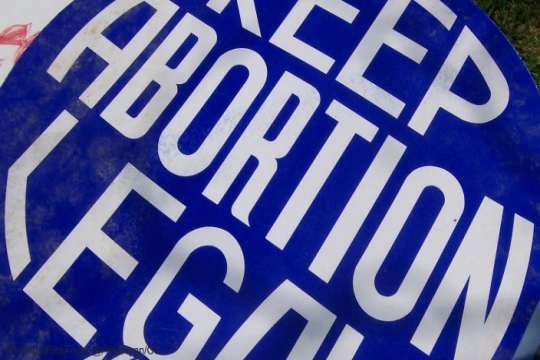
The Path Forward on Abortion Resource Guide
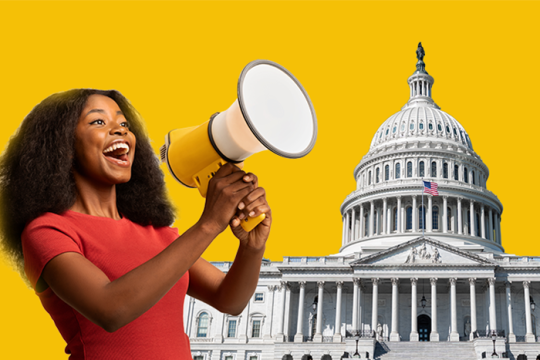
The Reform Movement’s 2023 Campaign for Climate Justice
